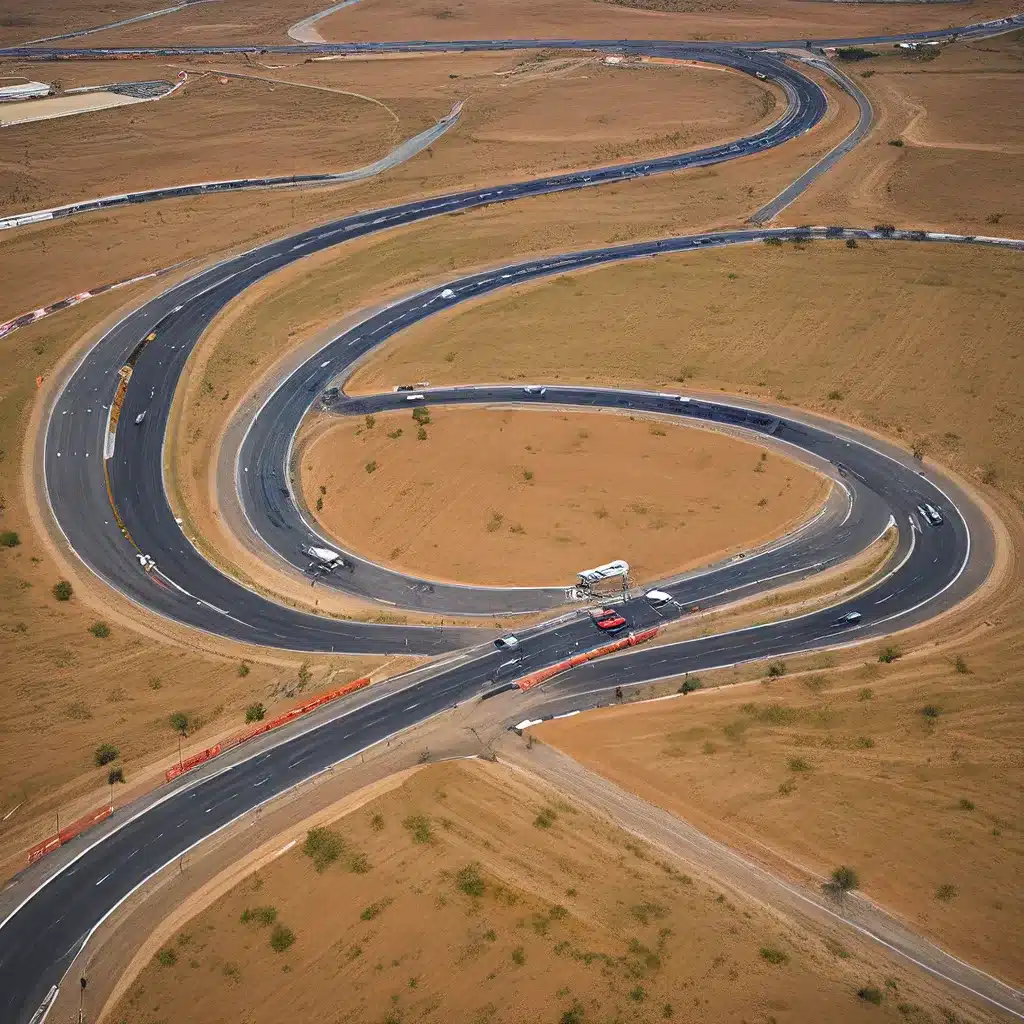
The Autódromo José Carlos Pace, commonly known as Interlagos, has long been a fixture on the Formula 1 calendar, captivating racing enthusiasts from around the world with its rich history and dynamic racing action. This iconic circuit, located in the southern suburbs of São Paulo, Brazil, has witnessed some of the most thrilling moments in motorsports, making it a must-visit destination for any true Formula 1 fan.
The Circuit’s Storied Past
The origins of the Autódromo José Carlos Pace can be traced back to the late 1930s when a group of motorsport enthusiasts recognized the potential of the hilly terrain in the Interlagos neighborhood. The first race was held in 1940 on a circuit that stretched over 8 kilometers, showcasing the skill and bravery of local drivers like Chico Landi and Manuel de Teffé.
Over the years, the circuit has undergone various modifications, with the most significant change occurring in 1990 when the layout was shortened to its current length of 4.309 kilometers. This reconfiguration was prompted by safety concerns and a desire to create a more exciting racing experience. The circuit now features a challenging mix of high-speed sections and tight, technical corners that demand the utmost precision and skill from the drivers.
Embracing the Challenges of Interlagos
The Autódromo José Carlos Pace is renowned for its challenging layout, which includes the iconic Senna S and the Reta Oposta, a long straight that allows drivers to reach top speeds. The circuit’s undulating nature, with its hills and cambered corners, also adds to the overall difficulty, as drivers must navigate these features while maintaining control of their high-powered machines.
One of the most demanding sections of the circuit is the Ferradura, a right-hand turn that leads into the Laranjinha, a slower right-hand turn that is considered the slowest point on the track. This sequence of corners requires exceptional car control and precision braking, as any mistakes can be severely punished.
The Unpredictable Weather Factor
The weather conditions at the Autódromo José Carlos Pace can also play a significant role in the outcome of a race. São Paulo is known for its changeable and often unpredictable weather, with the circuit experiencing a mix of sunshine, rain, and even occasional thunderstorms throughout the race weekend. This unpredictability adds an extra layer of excitement and challenge for both the drivers and the teams, who must constantly adapt their strategies to the evolving conditions.
The Passion of the Fans
One of the most striking aspects of the Autódromo José Carlos Pace is the unwavering passion and enthusiasm of the Brazilian fans, known as the Tifosi. These devoted supporters create an electric atmosphere, filling the grandstands and cheering on their local heroes with an unmatched fervor. The sight of the Arquibancadas, the iconic grandstand that overlooks the final turn, is a testament to the fans’ dedication and love for the sport.
A Celebration of Brazilian Motorsport History
The Autódromo José Carlos Pace holds a special place in the hearts of Brazilian motorsport enthusiasts, serving as a celebration of the country’s rich racing heritage. The circuit has witnessed the triumphs of legendary Brazilian drivers such as Emerson Fittipaldi and Nelson Piquet, who have etched their names in the annals of Formula 1 history. The circuit’s namesake, José Carlos Pace, a native Brazilian driver who won the 1975 Brazilian Grand Prix, is also honored and remembered by the legions of fans who flock to the circuit.
A Demanding Challenge for Drivers and Teams
For the drivers and teams competing in the Brazilian Grand Prix, the Autódromo José Carlos Pace presents a unique and demanding challenge. The circuit’s undulating layout, combined with the changeable weather conditions, requires a delicate balance of power, grip, and precision to navigate successfully. Teams must carefully optimize their car setups to ensure they can extract the maximum performance from their machines while also maintaining reliability and stability.
The Future of Interlagos
As the Formula 1 calendar continues to evolve, with new and exciting destinations joining the roster, the future of the Autódromo José Carlos Pace remains a subject of much debate. While the circuit’s long-standing history and passionate fan base make it a cherished part of the sport, discussions around potential infrastructure upgrades and the viability of the venue in the modern Formula 1 landscape are ongoing.
Regardless of the circuit’s future, the Autódromo José Carlos Pace will undoubtedly continue to hold a special place in the hearts and minds of motorsport enthusiasts around the world. Its challenging layout, rich history, and the unwavering enthusiasm of the Brazilian fans ensure that the Interlagos circuit will remain a must-visit destination for any true Formula 1 fan.
